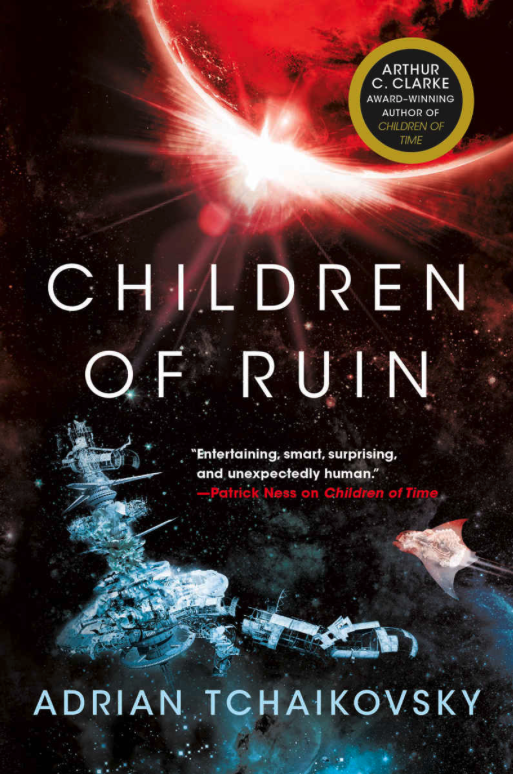Alex Ross’ “Wagnerism: Art and Politics in the Shadow of Music"
Book review by Dennis D. McDonald
The topical and thematic content of this book is vast. The only book comparable in scope I have read is Umberto Eco’s The Prague Cemetery which is a fictional but extraordinarily detailed and well researched account of politics, religious prejudice, and murder in 19th Century Europe
WAGNERISM is not fiction nor is it a biography of Richard Wagner. Instead it weaves together a vast tapestry of the influences composer Richard Wagner has apparently had on music, culture, literature, poetry, and politics.
I approached this book with some skepticism. I have only a modest knowledge of Wagner’s music which for the most part is limited to Solti’s recording of the Paris version of Tannhäuser and instrumental recordings of various Wagner operatic overtures. There was also the well-known adoption of Wagner’s music by Hitler’s Nazi Germany we are all familiar with. Little did I know about the extent to which “Wagnerism” and “Wagnerites” touched and influenced the various social and artistic movement of the 19th and 20th centuries.
The research and detail that has gone into Ross’ book is nothing short of phenomenal. Not only that but his intellectual legerdemain involved in weaving together the multitude of languages, artistic and cultural movements, and personalities is breathtaking.
I do have one caveat. This concerns the nature and extent of the “influence“ that underlies the information presented here. We are not talking about observable physical influence here where Object A acts physically on Object B. Instead we are dealing with extensive and complex social, artistic, and cultural influences. These involve the interaction of large number of complicated and nuanced social and intellectual factors. Even today these are difficult to define unambiguously or even to observe. Ross does an outstanding – and entertaining -- job of organizing and presenting his details yet I still found myself wondering how strong some of the influences of Wagnerism described here really were.
For example, I may join a club or a “movement“ for a variety of reasons. Maybe I believe in or seriously want to learn more about the leader’s religious, social, artistic, or political beliefs. Or maybe I’m bored and just want something to do on Wednesday nights where I’ll find good food, drink, and conversation. (George Orwell does a good job of observing the relationship between socializing and political meetings early in his Diaries.)
Artistic or political influence can take many forms. These range from direct cause-and-effect to just wanting to “rub shoulders” with like-minded people. I suspect some of the connections described by Ross might have been pretty tenuous. People in every generation are always coming along that desire to rebel against the status quo. Motivation for such rebelliousness can range from actually wanting to make the world a better place to plain old “what’s in it for me?” self interest.
The above is not really a criticism. The author has created a vest tapestry here from which the reader will not only learn but awill lso generate many interesting questions deserving further research. For example, finance and economics are seldom discussed in any detail. How did the people who created or belonged to these various Wagner-related movements put bread on the table? What were the “day jobs” that enabled them to attend the concerts and salons where they could rail against the bourgeoisie? Were these serious examples of engagement or were they comparable to hanging out at a local Starbucks to take advantage of wireless internet
Given the lack of electronic communication back then, people were much more dependent on face-to-face meetings, printed communication, bars, restaurants, and live performances in homes and concert halls. Only the well to do could afford to visit live performances in Bayreuth, Wagner’s home base. Much of the 19th century “influence” of Wagner was necessarily social and based around population centers where the artistically focused could congregate and communicate. That “Wagnerism” of all kinds did still proliferate is indeed impressive especially since recording technology had not yet developed.
On a practical note, this book and its recorded version that I listened to are huge. It benefits greatly from the reading by the author himself whose facility with the myriad French and German names and words is exemplary. Just don’t plan to completed this in one sitting!
Book review copyright © 2021 by Dennis D. McDonald























